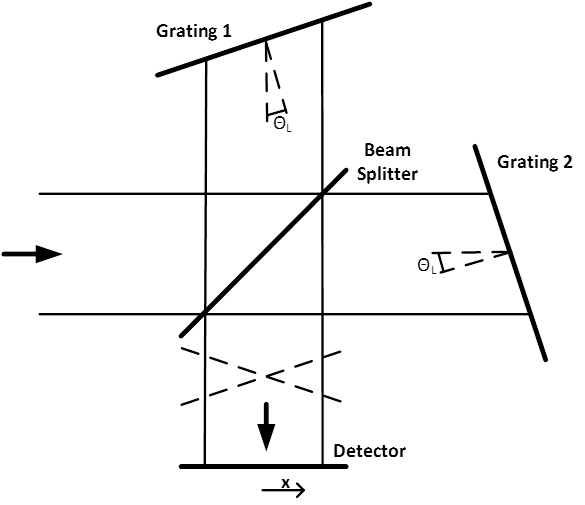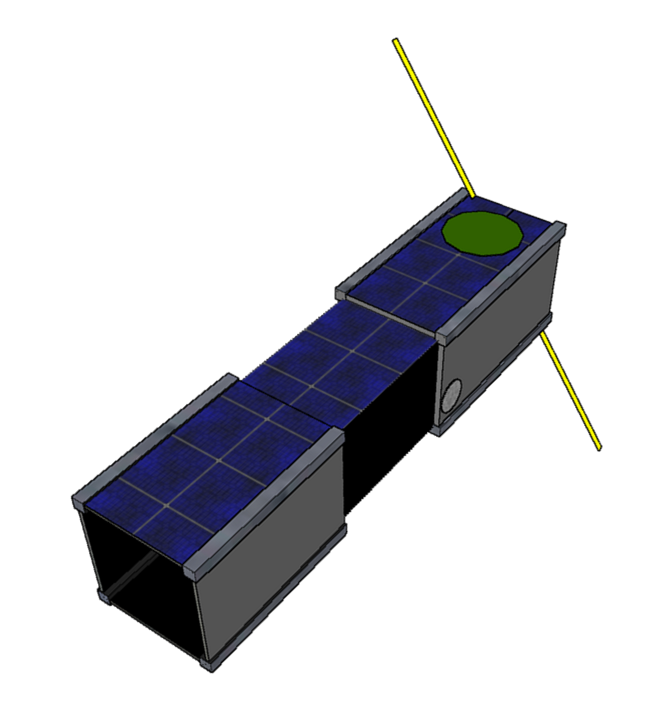AtmoHIT - An Interferometer Test onboard a Rocket
Students from the Atmospheric Physics Department were successful in participating in the REXUS program 2017!
Project Description
The experiment AtmoHIT, the Atmospheric Heterodyne Interferometer Test, is part of the REXUS program (2017), also pre-verification of AtmoCube-A1 project. AtmoHIT has the goal to verify the AtmoCube-1 remote sensing instrument under space conditions by measuring temperatures in the middle atmosphere. The 3U CubeSat AtmoCube-A1 is currently developed within the Development Initiative for Small Satellites Exploring Climate Processes by Tomography (DISSECT), initiated at the University of Wuppertal and the Research Centre Jülich. The AtmoHIT experiment consists of a highly miniaturized and rigid Spatial Heterodyne Spectrometer (SHS), which measures the oxygen atmospheric band emission in the middle atmosphere. The instrument resolves individual rotational lines whose intensities follow a Boltzmann law allowing for the derivation of temperature from the relative structure of these lines. This instrument is characterized by its high throughput at a small form factor, allowing to perform scientific remote sensing measurements within a CubeSat.
Spatial Heterodyne Spectrometer (SHS)
The SHS is a relatively new instrument type, which can be described as a combination of a grating spectrometer and a Fourier-transform spectrometer. Its visual appearance is similar to a Michelson Interferometer, where the mirrors in the arms are replaced by angled gratings. The figure below illustrates the concept of the SHS. Light enters the system from the left and get divided in a beam splitter (BS). Each beam diffracts at a grating (G1, G2), which is tilted with the Littrow angle.

SHS concept
First publication:
65th International Astronautical Congress, Toronto, Canada, 2014



